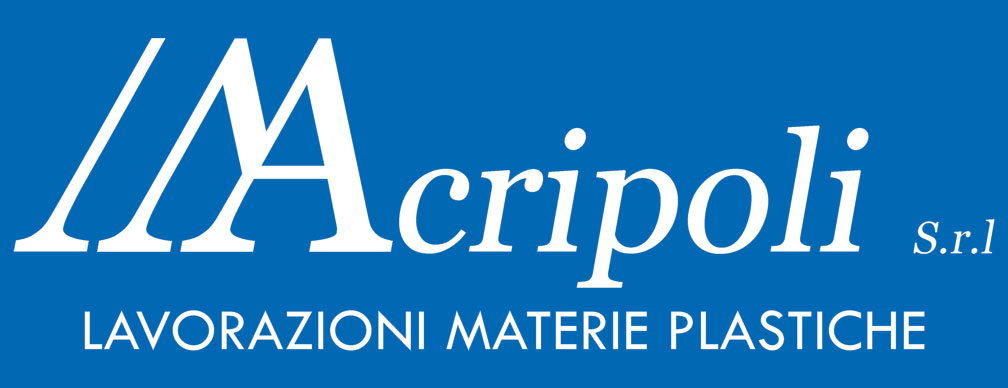Acripoli bases its work on the production of plastic materials for third parties, with professionalism and experience at our customers’ disposal. We follow the development of your project from beginning to end, while providing all the technical support needed to create a functional and realizable product, always keeping costs as low as possible.
We carefully follow all the phases of the productive process, in order to create the best finished product with a pleasant look, which is always important in all fields.
Through our state-of-the-art 3D scanners with structured light, our technical office is able to reverse-engineer any product.
So, if you only have a physical sample, without 3D maths or CAD drawings, we can scan the object and create, from the scan, all the necessary maths that can then be modelled at will.
The 3D maths provided by the customer, or by scanning a physical object at our office, is then processed and transformed, if necessary, through the use of state-of-the-art 3D CAD software.
Then, it is used to create the cutting and printing equipment. All processes are performed entirely by ACROPOLI, with no need for external modelling companies.
Moulds for CNC thermoforming and cutting equipment with 3 and 5 axes are produced internally, directly from the 3D models, from raw resin blocks for thermoforming, aluminium, wood, etc.
Our technical office processes the moulds and equipment from your maths, the CAM software transfers the information to the 5-axis cutting centres, to physically create the equipment.
This is the main work of Acripoli.
We are able to thermoform the widest range of plastics, starting with flat sheets and using two main technologies:
• Vacuum, with a maximum size of 1200X1500.
This is the most widely-known and widely-used technology, used to create objects in ABS-PST-PC-PE-PETG-PMMA anti-shock.
• Vertical clamping with male-female mould.
This type of work is more “handicraft”, but it guarantees a higher transparency and fewer optical distortions. It is ideal for cast and extruded PMMA, but also applicable on SAN PC and PETG. Particularly useful when aspect and transparency are important.
The trimming and marking of products are made through the most modern equipments on the market:
• The marking or CO2 laser inscription can be performed on all plastic materials, directly from the CAD drawing.
Ideal for adding indelible codes, descriptions, logos, symbols, etc., to your products.
A fundamental feature is the possibility to create inscriptions on three-dimensional products, not only on flat surfaces
• Trimming through CNC with 3 or 5 axes.
Mechanical trimming with classic bur, with numeric control with 3 or 5 axes, depending on the complexity.
The detailed piece is blocked on suction fixtures, to avoid mechanical dragging, and the programs are created by CAM software
or self-study.
• Trimming through CO2 Laser.
Available only for cast, extruded and anti-shock PMMA.
The 3-axis laser cut, performed directly from the CAD drawing, allows for a perfect contouring of complex figures and a polished cut edge, for a great aesthetic look.
• Cutting through mechanical sectioning:
we also perform cut-to-length of flat sheets.
Compared to thermoforming, bending has lower to null equipment costs.
Acripoli performs several types of bending:
• Heat bending.
Performed with benders with quartz resistances with maxL = 2000m; heat bending has internal sharp edges and customizable bending angles.
• Cold bending.
Only available for PC and PETG with thickness <=3mm; it has the same features as heat bending, with lower costs.
• Bending in climate chamber on mounting.
If the product has a constant and wide curvature radius, or for limited product batches, the costs of vacuum thermoforming equipment can be reduced by bending the object on a mounting system.
